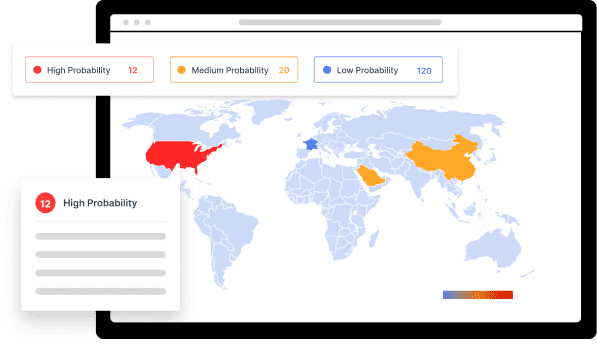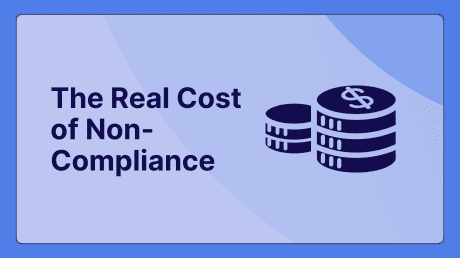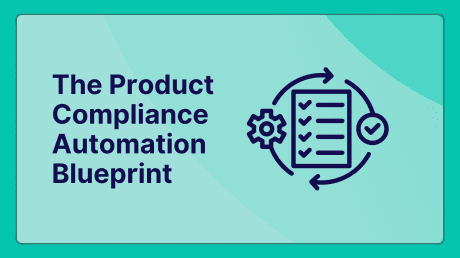
What’s Trending in Compliance? July 2025

This blog was originally posted on 28th July, 2025. Further regulatory developments may have occurred after publication. To keep up-to-date with the latest compliance news, sign up to our newsletter.
At Compliance & Risks we empower global enterprises to unlock market access and confidently navigate regulatory complexity. With a 20-year legacy in regulatory intelligence, we help beloved global brands manage product and corporate sustainability obligations via C2P, transforming compliance into a force multiplier for enterprise growth.
Below we break down some of the top compliance trends in July 2025 that are generating the most interest globally this month.
1. EU: Amendment to Batteries and Waste Batteries Regulation (EU) 2023/1542 on Postponing the Application Date of Due Diligence Obligations, Regulation, July 2025
On 18 July 2025, the EU Council adopted a new Regulation in the field of batteries which is part of the so-called “Omnibus-IV” simplification package.
The Regulation amends Article 48 of the Battery Regulation in order to provide additional time (two years) to battery makers and exporters to comply with the environmental due diligence rules.
Accordingly, the due diligence obligations have been postponed to 18 August 2027.
The postponement also aims to give more time for the setting up of third-party verification bodies since several problems have been identified with their authorization process.
In addition, the publication by the Commission of the guidelines as regards the application of the due diligence obligations has been postponed to 26 July 2026 (instead of 18 February 2025).
2. USA: Certain New Chemicals or Significant New Uses; Statements of Findings for March 2025, Notice, 90 FR 30929, July 2025
This Notice, published by the U.S. Environmental Protection Agency (EPA) on 11 July 2025, announced its findings under the Toxic Substances Control Act (TSCA) for certain new chemicals and significant new uses, including information about the receipt of a Premanufacture notice (PMN), Significant New Use Notice (SNUN), Microbial Commercial Activity Notice (MCAN), and an amendment to a previously submitted notice.
TSCA Section 5(a)(3)(C) and Section 5(g) publish statements of findings when it determines that a new chemical substance or a significant new use of a substance is not likely to present an unreasonable risk to human health or the environment.
The document also includes test information; a biotechnology exemption application; an application for a test marketing exemption (TME); and a notice of commencement of manufacture (defined by statute to include import) (NOC) for a new chemical substance. This document also provides a periodic status report on the new chemical substances that are currently under EPA review or have recently concluded review.
Table 1 lists the PMN/SNUN/MCANs received and under review. Table 2 lists the NOCs, whereas Table 3 contains the test information.
The document covers the period from 27/2/2025 to 31/3/2025.
3. Canada: Proposed Content of the Guide for Phase 2 Reporting to the Federal Plastics Registry, Consultation Document, June 2025
On 19 June 2025, Environment and Climate Change Canada (ECCC) issued a summary of the proposed provisions they intend to include in the upcoming guide on reporting to Phase 2 of the Federal Plastic Registry.
Key changes in Phase 2 include the onboarding of additional sectors and the inclusion of more product categories. Resin producers must now report on the quantity of resin manufactured, imported, and placed on the market, broken down by resin type and source (e.g. virgin fossil-based, bio-based, post-consumer recycled, post-industrial recycled). Producers of plastic packaging, single-use products, electronic and electrical equipment, tires, transportation, construction, agriculture, fishing, and textiles must report on products destined for residential, industrial, commercial, institutional (ICI), and construction waste streams.
Waste generators at ICI facilities are now required to report the total quantity of plastic waste generated and sent for diversion or disposal, including details by resin type and product category. Service providers managing plastics, such as recyclers and waste collectors, must report quantities of plastic packaging, single-use products, and agricultural plastics collected and processed at end-of-life.
The reporting threshold exempts entities handling less than 1,000 kg of plastic products or packaging annually.
The first annual reporting deadline for Phase 2 is 29 September 2026, with the Phase 1 reporting due by 29 September 2025. Retail Council Canada (RCC) recently noted that they are advocating for a delay of the Phase 1 reporting deadline, citing delays resulting from the election this year and the need for further guidance from the government.
The final guide for reporting for Phase 2 is expected to be published later this year.
4. UK: Extended Producer Responsibility for Packaging (pEPR) Recyclability Assessment Obligations: RPS 350, Guidance Document, June 2025
This Regulatory Position (RPS), published by the UK Environment Agency on 27 June 2025, offers guidance on the legal requirements to assess, collect and report data relating to recyclability of household packaging for the period 1 January 2025 to 30 June 2025 under the Producer Responsibility Obligations (Packaging and Packaging Waste) Regulations 2024 (2024 regulations).
The 2024 regulations require producers to assess the recyclability of household packaging supplied. They must also submit the results of those assessments on a half yearly basis to the relevant regulator:
- January to June 2025 (H1) reports are due to be submitted on or before 1 October 2025
- July to December 2025 (H2) reports are due to be submitted on or before 1 April 2026
This document outlines the temporary regulatory position regarding the recyclability assessments for packaging producers and clarifies how PackUK will interpret compliance where H1 data is not submitted, and how H2 data may be used instead.
For the first year of modulation (2026 to 2027) only, PackUK will use producers’ H2 2025 RA reports to ascertain sufficient information for the whole of the 2025 reporting year. The statement also explains how this will influence modulated fees for the 2026-2027 period. It includes worked examples and enforcement implications for non-compliance.
5. EU: EUDR Compliance – Understanding your Position in Beef, Cocoa, Coffee, Palm Oil, Rubber, Soy and Wood Supply Chains, Report, July 2025
This document, published by the EU Directorate-General for Environment on 8 July 2025, provides an overview of how the obligations under the EUDR apply, depending on the company type (operator/trader), size (non-SME/SME) and position in the supply chain (first placing/downstream) within the EU (table 1), illustrated through 11 supply chain scenarios.
The rules mentioned in the scenarios, while being applied to supply chain-specific scenarios and individual products, generally apply equally for all relevant products.
Unlock Market Access
The top compliance trends in July 2025 is based on the most viewed regulations on C2P this month. If you would like to see C2P in action, join us for a bite-sized high-level demo to witness the true power behind C2P.
Simplify Your Product Compliance Process with C2P
Design & build new products with full confidence you’ve met all compliance obligations.









